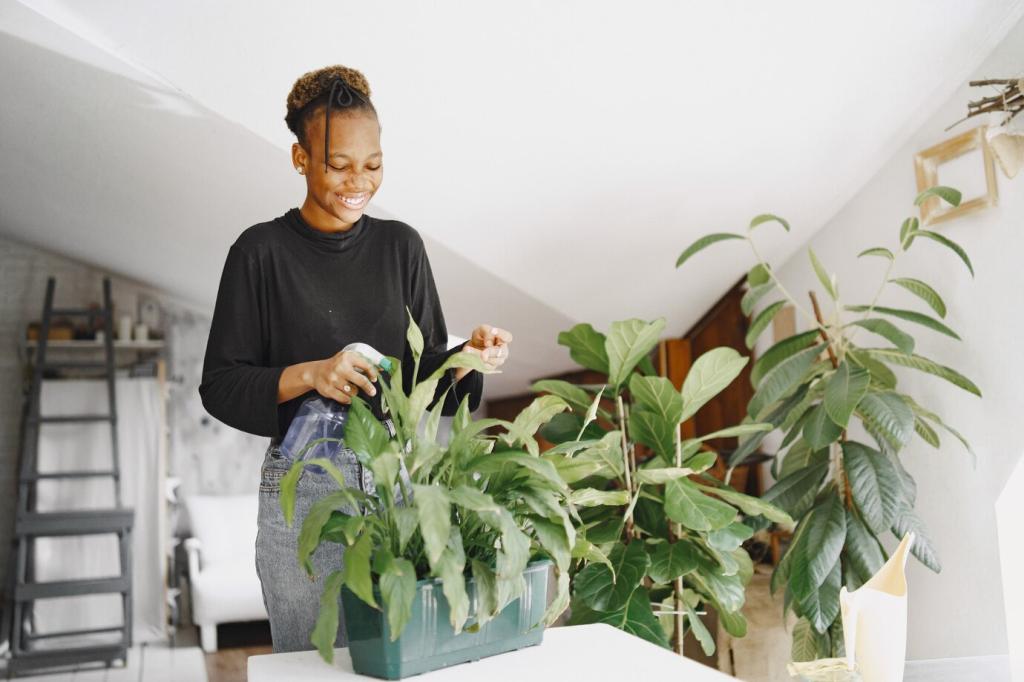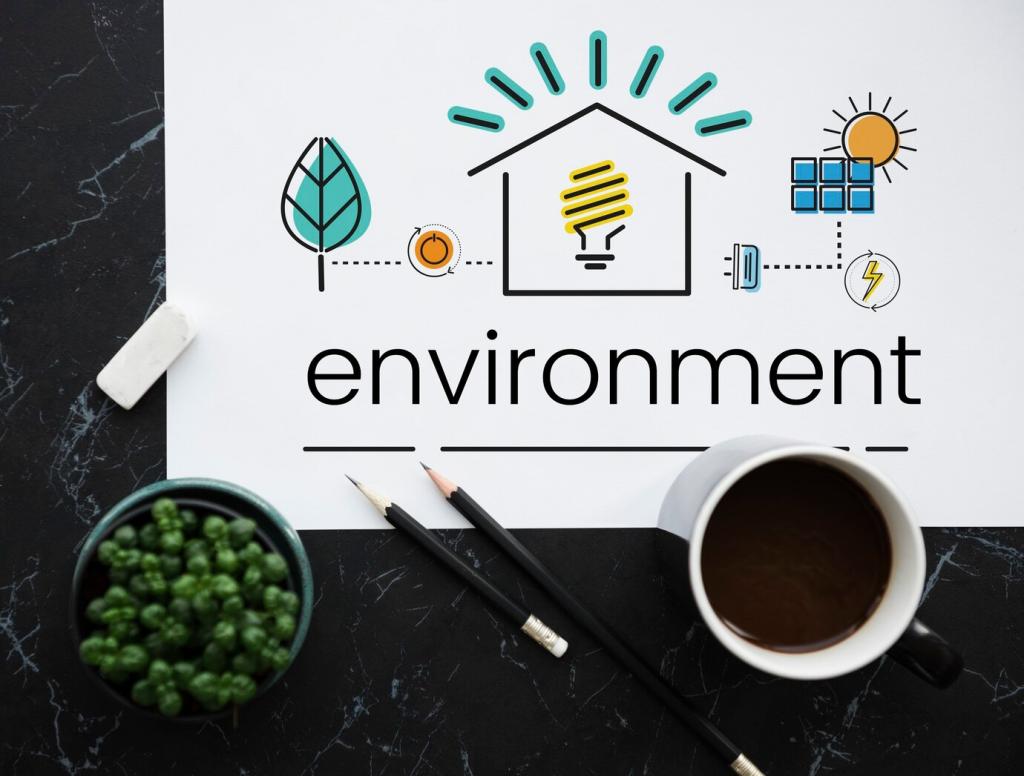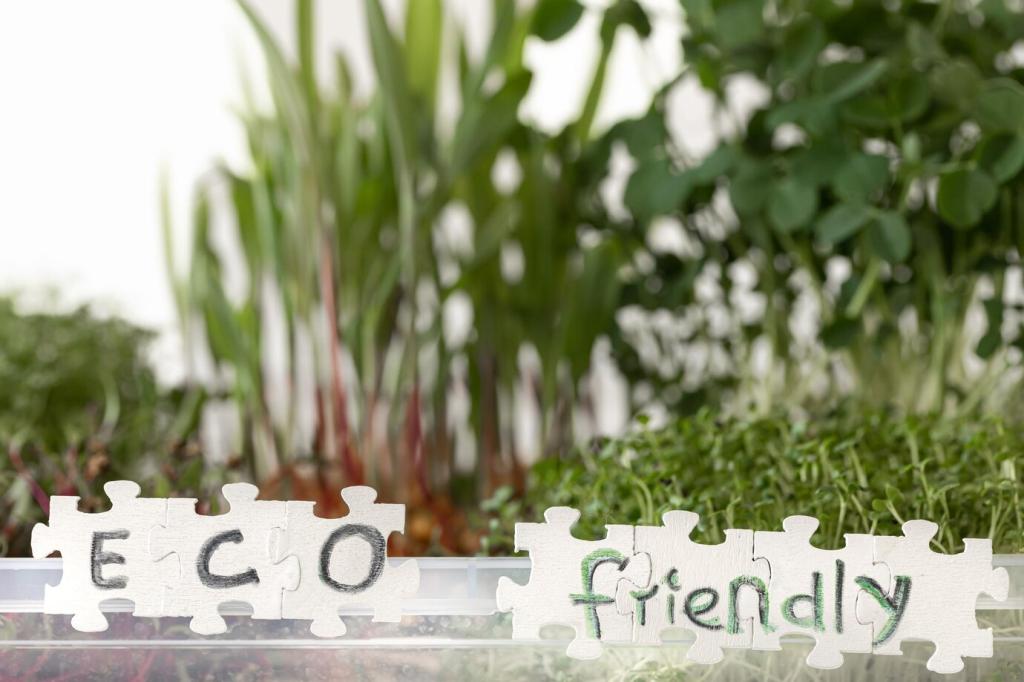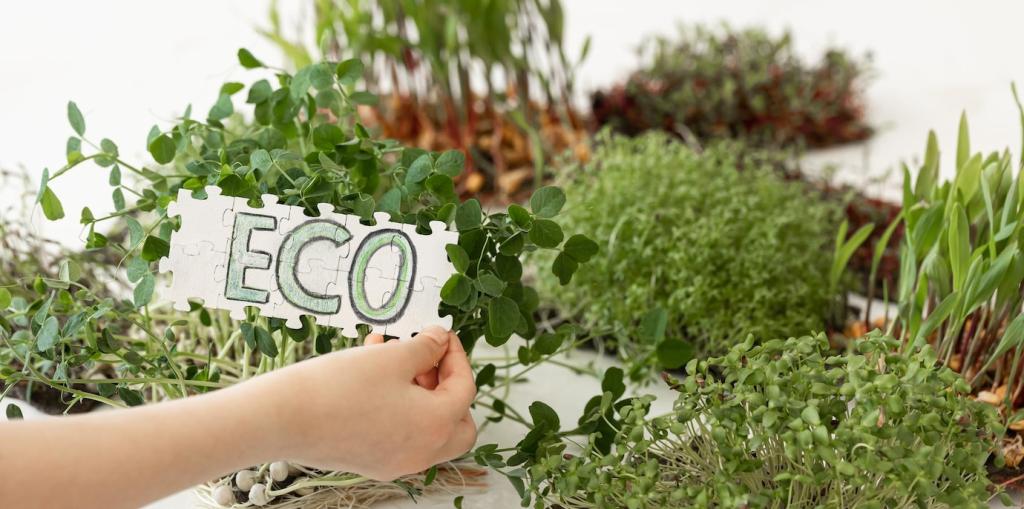Sustainable Furniture Restoration Techniques


Sustainable Foundations: Principles That Guide Every Repair
Start by asking how the piece will live for the next decade: who will use it, how often, and in what environment. A careful assessment helps you plan durable, low-impact repairs. Comment with your assessment checklist and help others refine theirs.
Sustainable Foundations: Principles That Guide Every Repair
Reversible methods—like hide glue, mechanical fasteners, or removable finishes—respect both the object and the restorer who comes after you. They reduce risk, encourage responsible experimentation, and keep history intact. What reversible tricks have saved your day? Share below and compare notes.
Healthy Materials and Low-Impact Tools
Finishes That Breathe, Not Suffocate
Hardwax oils, soap finishes, and plant-based oils allow wood to breathe and age gracefully. They are easier to maintain and typically emit fewer pollutants than heavy solvent lacquers. What breathable finish has impressed you most? Share your application tips and drying times.
Adhesives That Respect the Past
Hide glue is a restorer’s ally: reversible with heat and moisture, strong, and historically appropriate. Casein-based and modern water-based options can also work when chosen thoughtfully. Tell us which glue saved a fragile joint for you and why it worked.
Stripping and Cleaning Without Harsh Solvents
Steam, mild soap, mineral spirits substitutes, and soy- or citrus-based gels can clean or lift finishes with far fewer fumes. Always test hidden areas and work slowly. Share your best low-tox stripping sequence and ventilation setup so others can work safely.

Reviving Mortise-and-Tenon Joints
Tighten worn joints with shims of matching species, hide glue, and careful clamping. Consider drawbore pegs for mechanical strength that outlasts adhesives. Share your favorite jig for repeatable alignment, and help others avoid racking or starved-glue failures during clamp-up.

Dutchman Patches and Veneer Care
A well-cut Dutchman patch restores strength while celebrating repair as an honest feature. For veneer, stabilize loose edges, mend with matching grain, and press gently. Post your before-and-after photos and explain how you matched grain and sheen without over-sanding.

Cane, Webbing, and Natural Upholstery Supports
Replace failing seat support with hand-caned patterns, jute webbing, or linen straps for breathable, repairable comfort. Pair with natural latex or wool for resilience. Which traditional technique have you revived recently? Share your learning curve and helpful references for beginners.
Finishing Touches: Eco-Conscious Color and Sheen
Hand-Rubbed Oil-and-Wax Schedules
Thin coats of polymerizing oil, burnished between applications and sealed with beeswax or carnauba, create a durable, repairable luster. This approach respects patina while inviting touch. Share your ratio, waiting times, and buffing cloth preferences to help newcomers succeed.


French Polishing with Dewaxed Shellac
Shellac builds clarity and depth using renewable resin and alcohol. With a patient pad, you can integrate old and new surfaces seamlessly. If you have a foolproof pumice-and-alcohol routine, describe it below and help demystify this elegant, sustainable technique.
Case Study: A Landfill-Bound Chair Gets a Second Life
The chair had wobbly joints, a cracked back rail, and flaking lacquer. Instead of replacing parts, we mapped stress points, photographed problem areas, and interviewed the owner about usage. What’s your first-step triage? Add your diagnostic checklist to help others start smart.
Case Study: A Landfill-Bound Chair Gets a Second Life
We shimmed tenons with reclaimed beech, re-glued with hot hide glue, and lifted lacquer using a soy-based gel under excellent ventilation. The finish became hardwax oil, hand-burnished. Share your most successful low-tox material substitutions and where you sourced them responsibly.

Care, Documentation, and Community
Maintain stable humidity, protect from direct sun, and refresh oil or wax as touch-ups rather than full refinishes. Small, regular care prevents big interventions. Post your seasonal checklist and climate tips so readers in different regions can adapt responsibly.
Care, Documentation, and Community
Favor fasteners you can remove, adhesives you can reverse, and parts you can disassemble without damage. Leave a discreet note or QR code with materials used. What documentation do you keep? Share a template others can download and adapt for their projects.
